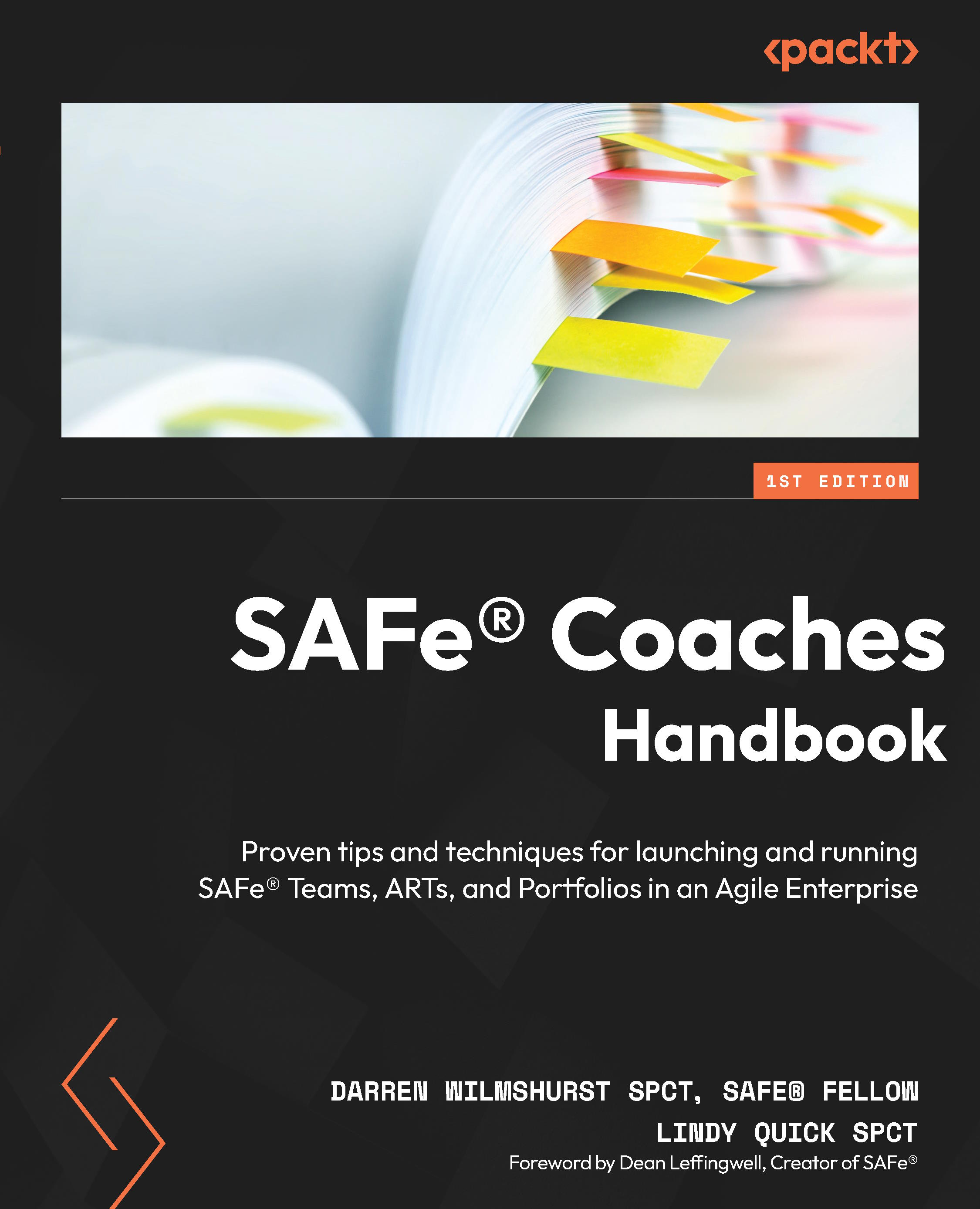How identifying the Correct Value Stream impacts the ART
Pause for a moment and ask yourself, what is the product or the solution that my company delivers? Now, consider for a moment, are the teams and ARTs that you’re working with directly supporting that product? Is everybody aligned to ensuring that the product is successfully delivered every day? Oftentimes, you will find that a company’s core competence is X, which isn’t necessarily what the teams and trains are attempting to build.
Let’s consider an Airline company. Its product is flying passengers from Point A to Point B. It also has a mobile app and a website that lets users book tickets, change reservations, check in, and so on. Like most companies, it is hierarchically organized to support flying passengers. However, when it embraced the concept of the Dual Operating System and socially aligned its ARTs with the products it was creating, such as a mobile app versus a plane maintenance scheduling...
































































